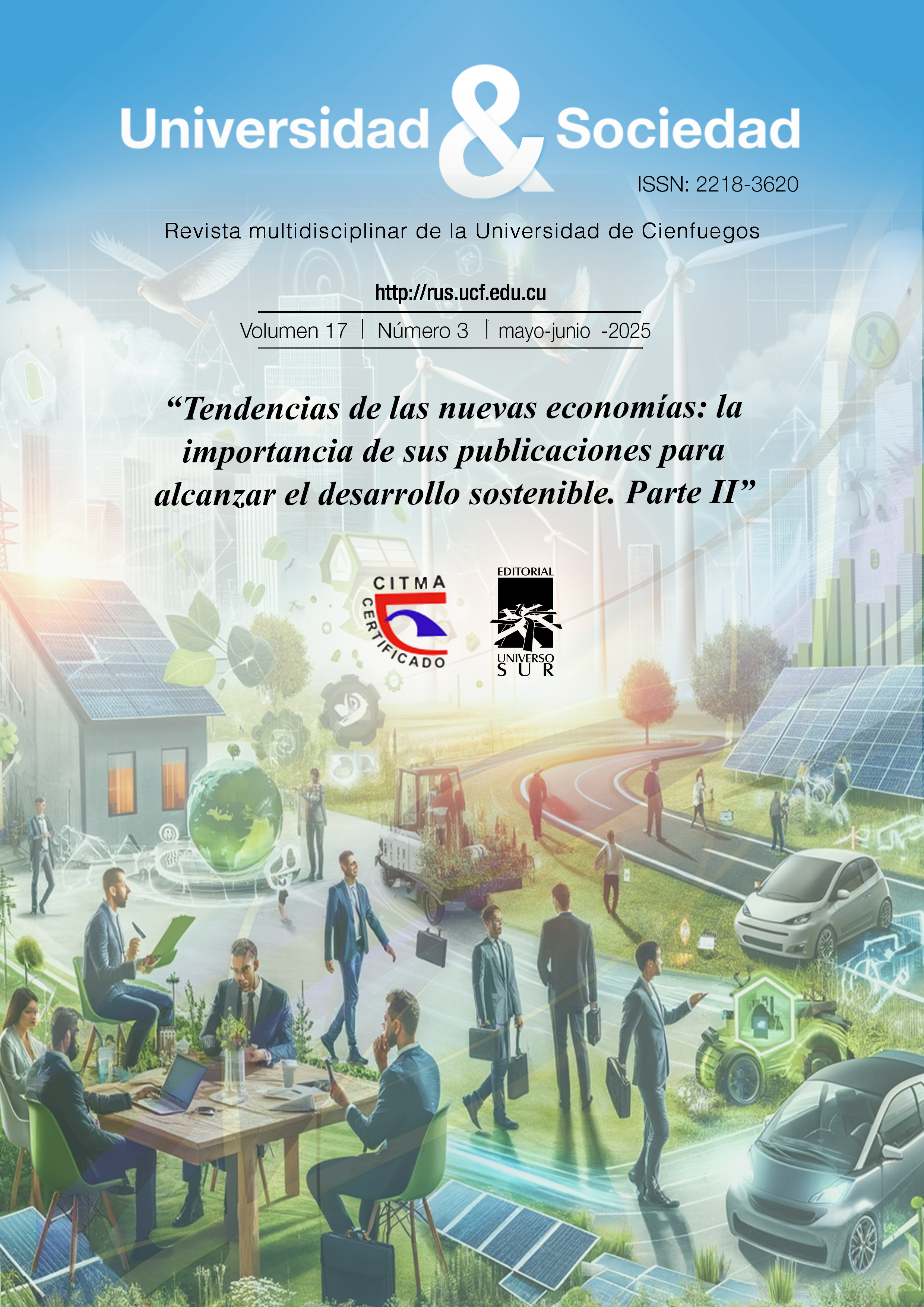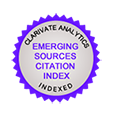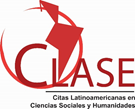Heroic codes in Sumerian and Anglo-Saxon epics
Keywords:
Epic poetry, Symbol, ParallelismsAbstract
One of the main spheres of learning the history of literature is literary relations and research about correlations between different literatures. Analysis of this problem shows the specific features of literatures of different nations and discovers their universal value. On this ground, making a comparative-typological analysis between the old Sumerian literary monument "The Epic of Gilgamesh" and the largest well-known example of Anglo-Saxon epic poetry "Beowulf" reveals very interesting points. It is known that "The Epic of Gilgamesh" represents the archaic period of Near Eastern culture, while "Beowulf" represents Old Middle Ages West European literature. Although these two monuments are different and apart from each other from areal and cultural points of view, many features characteristic of archaic epic (mythological plot, main characters combining the features of totemic ancestors and cultural heroes, their possession of supernatural power, the scenes of fight between them and various creatures, etc.) and the common features between the main characters Gilgamesh and Beowulf connect them. The common points combining these two heroes are mainly their representation of the good side in the confrontation between evil and good and their acceptance of the savior mission. This article draws parallels between the images of Gilgamesh and Beowulf and examines heroic codes, based on a comparative analysis of ancient Sumerian and Early Medieval Anglo-Saxon epic poetry.
Downloads
Published
How to Cite
Issue
Section
License
Copyright (c) 2025 Editorial "Universo Sur"

This work is licensed under a Creative Commons Attribution-NonCommercial-NoDerivatives 4.0 International License.
La editorial "Universo Sur", de la Universidad de Cienfuegos, publica el contenido de la Revista "Universidad y Sociedad" bajo una Licencia Creative Commons Atribución-NoComercial-SinDerivar 4.0 Internacional.
© Podrá reproducirse, de forma parcial o total, el contenido de esta publicación, siempre que se haga de forma literal y se mencione la fuente.










